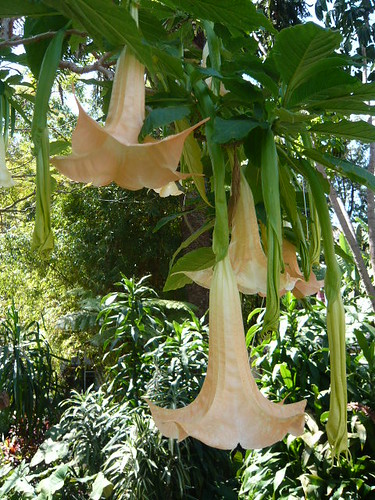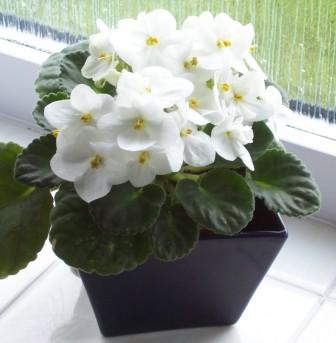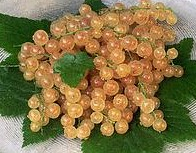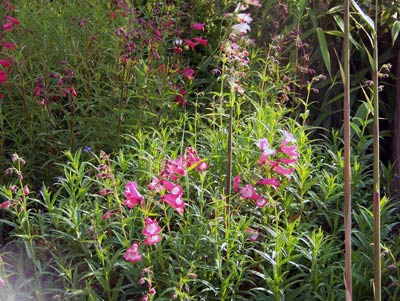Be Safe from Poisonous Garden Plants

Datura also called Brugmansia or Angels Trumpets are not very angelic particularly when it comes to dangerous plants. They could easily feature in an Agatha Christy thriller.
After our recent post – Flowers that can be eaten. We though it worth sharing a list of plants which are dangerous if eaten. In addition avoiding consuming these plants many common problems arise from contact with the sap.
- Aconitum – Monkshood
- Arum – Cuckoo pint.
- Colchicum – The autumn crocus
- Convallaria – Lily of the Valley
- Cytisus – the Broom – All parts can be fatal if eaten.
- Daphne – Shrub grown for its beautifully scented flowers. Berries very dangerous
- Delphinium – All parts Highly toxic – can be fatal if eaten
- Digitalis – Foxgloves cause irregular heart beat and digestive problems. Digitalis is used in heart medicines but is poisonous eaten straight from plant
- Gloriosa superba
- Laburnum – Beautiful flowers that flower in May but can be fatal if eaten
- Lantana – (Spanish Flag)
- Nerium – A beautiful conservatory plant
- Phytolacca – The poke weed
- Ricinus communis – Castor Oil Plant. Not to be confused with Fatsia.
- Taxus – A hedge favourite.
- Veratrum – The false Hellebore.
- Daffodils
- Chrysanthemums
- Buttercups
- Hyacinth
- Wild mushrooms that are really Toadstools
Eating these can cause various health problems.

Poisonous Plants For Animals
- Ragwort is poisonous to animals and can cause kidney failure and liver damage which is irreversible. Often fatal to horses and cattle and a number of dogs die by eating a small amount.
- Other Senicio plants and Castor beans can also be fatal to animals.
- Leaves and branches of Oleander produces digestive problems.
- Even the water that flowers have stood in can become poisonous to animals.
- Datura stramonium and Angels Trumpets are poisonous to humans and animals.
- Easter Lily is poisonous to cats and dogs should not be allowed to eat cocoa shells.









